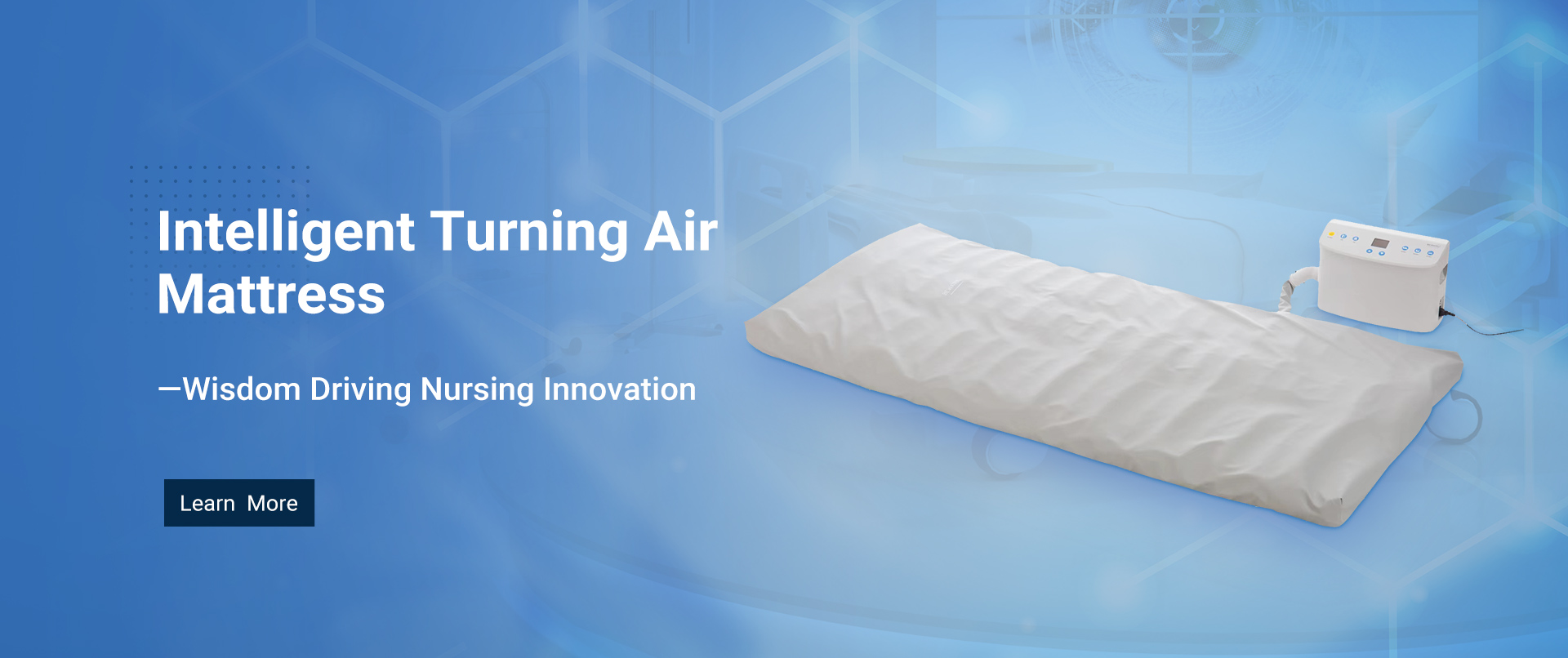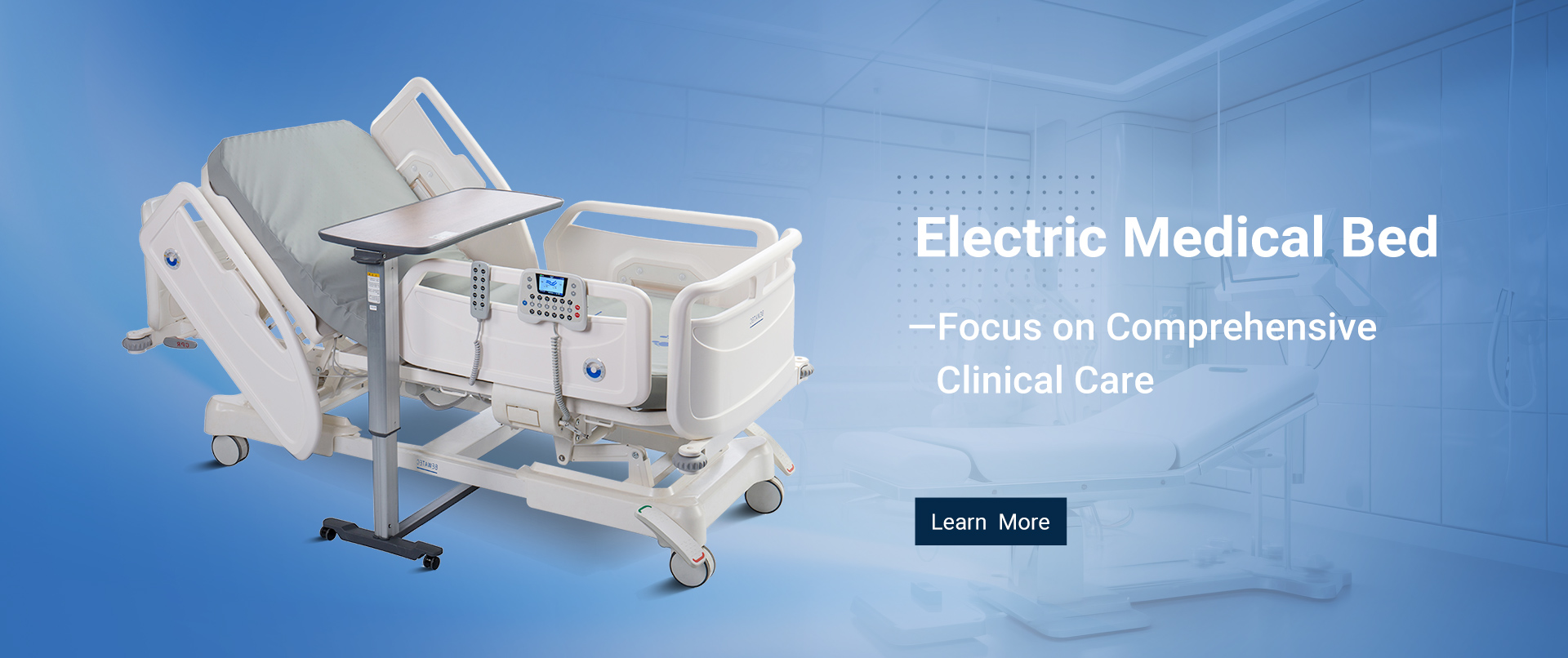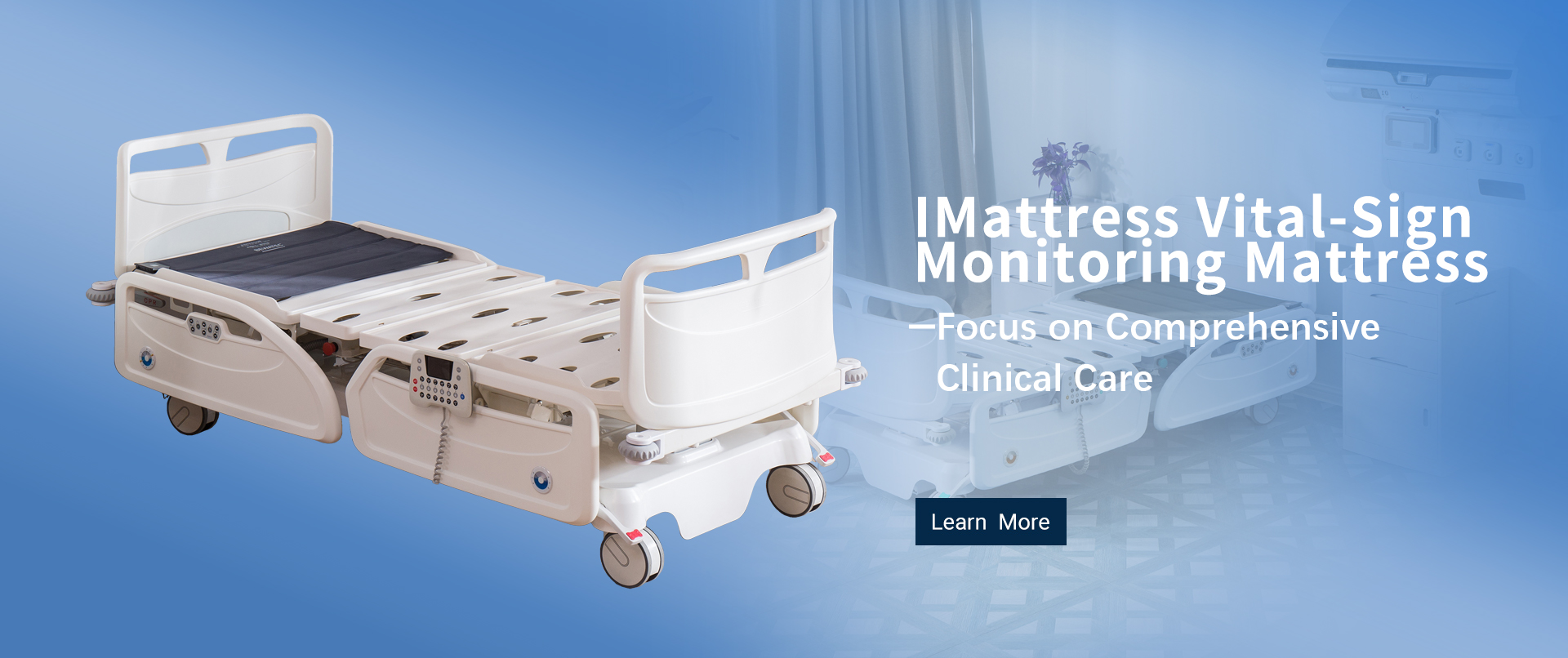
7 Compelling Reasons to Choose a Patient Bed With Mattress for Optimal Comfort
Table of Contents
- Benefits of Investing in a Quality Patient Bed with Mattress
- Factors to Consider When Choosing a Patient Bed
- Comparison of Traditional vs. Modern Patient Beds
- Understanding Different Mattress Types for Patient Comfort
- Evaluating Cost vs. Quality in Patient Bed Options
- The Impact of Patient Bed Design on Recovery and Wellness
- FAQS
- Conclusion
- Related Posts
Hey there! You know, in today’s constantly changing healthcare world, making sure patients are comfortable really isn’t something to take lightly — especially when they’re recovering or just trying to feel okay. One thing that makes a big difference is choosing the right patient bed with a mattress. Seriously, the right bed can really improve how patients feel and their overall experience. At Bewatec (Zhejiang) Medical Device Co., Ltd., we’re all about pushing the boundaries of smart medical care. We’re into transforming healthcare through digital innovations, so patients not only get the comfort they need but also enjoy personalized, safe care from start to finish. Our focus on creating innovative and tailored solutions has quite honestly put us on the map as a global leader, helping healthcare providers step up their game when it comes to patient comfort.
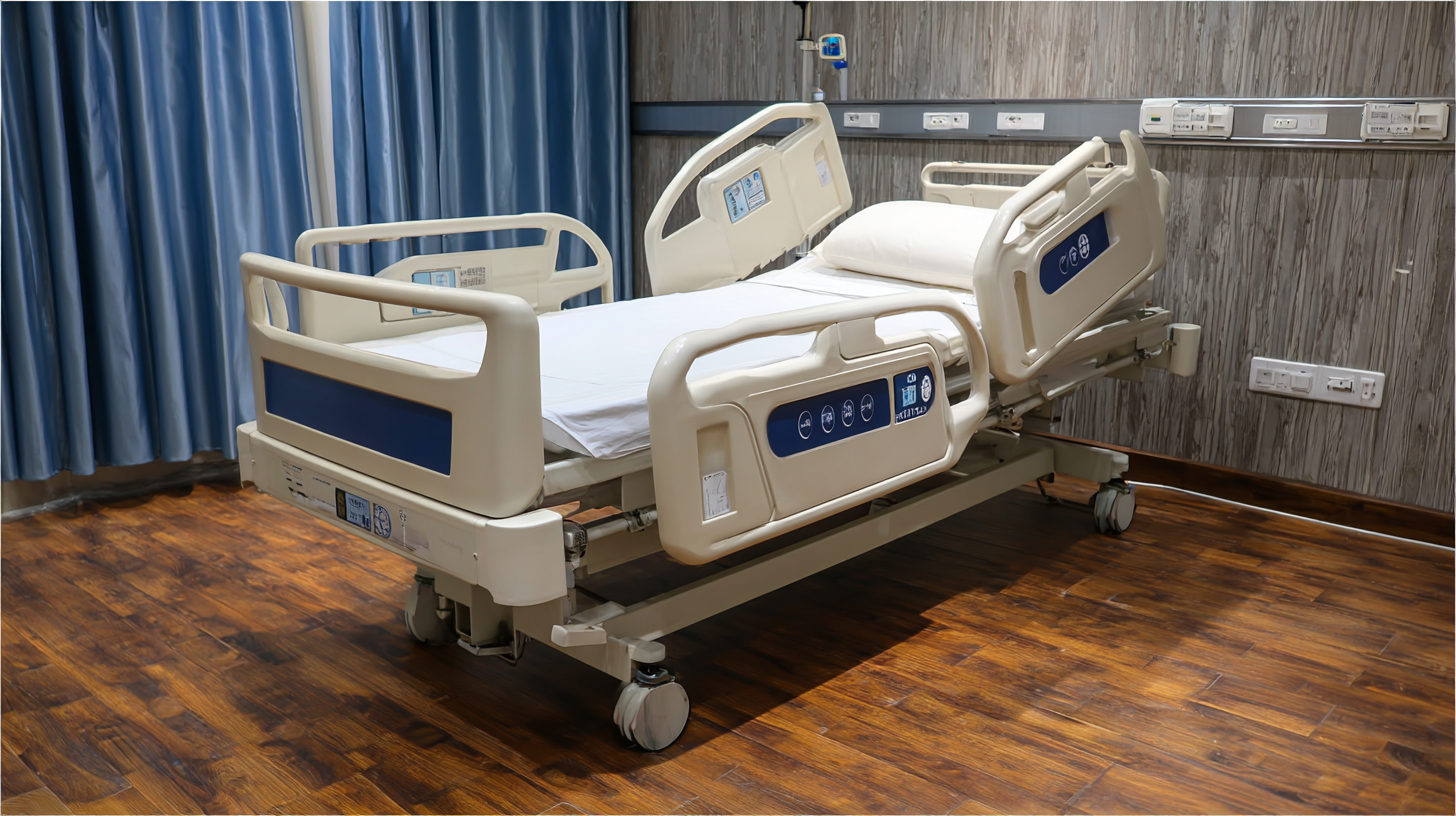
In this blog, we’ll dive into seven solid reasons why picking the right patient bed with a mattress is absolutely key to making recovery as comfortable as possible.
Benefits of Investing in a Quality Patient Bed with Mattress
Putting some real thought into investing in a good-quality patient bed with a comfy mattress can seriously boost how comfortable and well patients feel overall. I mean, according to the National Institute of Health, folks who are in the hospital or stuck in bed for a long time face a pretty high risk of developing pressure ulcers—around 2.5 million people in the U.S. alone every year. Having a properly designed bed that offers good support can really make a difference here, helping to reduce that risk by giving pressure relief and encouraging better blood flow. It’s kind of scary to think that up to 60,000 deaths each year are linked to complications from pressure sores, so investing in something that helps prevent these issues is definitely worth it.
And honestly, a quality patient bed isn’t just about avoiding sores. It also plays a big role in helping patients get better sleep, which is super important for recovery. The Sleep Foundation points out that many patients struggle with sleep issues, and a lot of that comes down to environmental factors. A bed that can be adjusted to different positions and has customizable firmness can really help a patient stay properly aligned—making it easier to fall asleep and stay asleep. Plus, better sleep can lead to quicker recoveries, shorter hospital stays, and even save money on healthcare costs overall. So yeah, investing a little more upfront in a good bed and mattress is pretty much a no-brainer when you think about the benefits for patient comfort and health outcomes.
7 Compelling Reasons to Choose a Patient Bed With Mattress for Optimal Comfort
This chart illustrates the key benefits of investing in a quality patient bed with a mattress, highlighting various factors such as comfort, support, and pressure relief. Each reason emphasizes the importance of making an informed decision for optimal patient care and comfort.
Factors to Consider When Choosing a Patient Bed
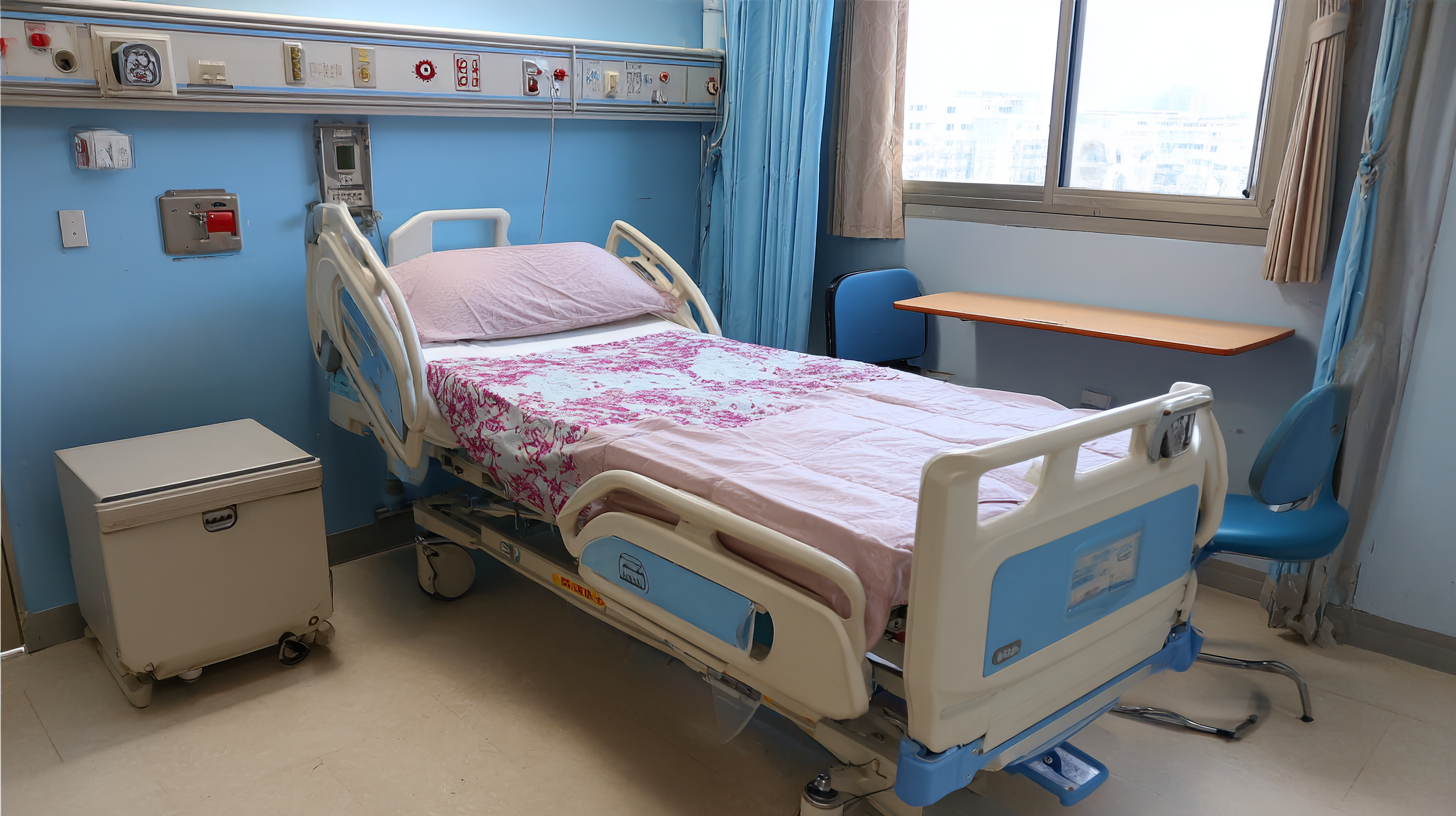 When you're picking out a patient bed with a mattress, there are a few important things to keep in mind to make sure the person stays comfortable. First off, the type of mattress really makes a difference for the patient’s overall comfort and health. Memory foam mattresses are pretty popular these days because they seem to hug the body nicely, providing support and helping to reduce pressure points. If someone has back issues, a firmer mattress might be better since it can help keep the spine aligned. But honestly, it really depends on personal preferences and what’s best for their specific health needs.
When you're picking out a patient bed with a mattress, there are a few important things to keep in mind to make sure the person stays comfortable. First off, the type of mattress really makes a difference for the patient’s overall comfort and health. Memory foam mattresses are pretty popular these days because they seem to hug the body nicely, providing support and helping to reduce pressure points. If someone has back issues, a firmer mattress might be better since it can help keep the spine aligned. But honestly, it really depends on personal preferences and what’s best for their specific health needs.
Also, don’t forget about how adjustable the bed is. Features like changing the height or tilt can make a huge difference, especially for folks recovering from surgery or dealing with chronic pain. Being able to find that perfect sleeping position can really help with their comfort and recovery. And on a more practical note, having a washable mattress cover is super helpful for keeping things hygienic. As healthcare providers aim to improve the patient experience, investing in a good quality bed and mattress can totally make a difference in how well someone recovers and how satisfied they feel overall.
Comparison of Traditional vs. Modern Patient Beds
When it comes to caring for patients, picking the right bed is really important—not just for comfort, but also for a quicker, smoother recovery. You know, traditional patient beds tend to have pretty basic designs, with minimal options for adjusting and just simple mattresses. Sure, they do the job of giving someone a place to rest, but they often lack the support needed for long-term use. Plus, a lot of these older beds require manual tweaks, which can be a real pain for caregivers and might even make the patient less comfortable or hinder their healing process.
On the flip side, modern patient beds are a whole different story. They come with all sorts of advanced features that seriously make a difference—things like adjustable mattresses that can be tailored to each person's needs, so patients can find that perfect, comfy position easily. Many modern beds also include powered head and foot lifts, better mobility features, and pressure relief tech—these upgrades do a lot to help prevent pressure ulcers and make life easier for nurses and doctors. All in all, these newer beds create a much more supportive environment for healing, showing just how much technology has improved patient care. Honestly, they’re a much better option for hospitals and clinics looking to give their patients the best possible care.
Understanding Different Mattress Types for Patient Comfort
When it comes to choosing a patient bed, the kind of mattress really makes a big difference in how comfortable the patient feels and how well they can heal. There are different types of mattresses, and each serves a slightly different purpose — which can have a real impact on the patient’s overall experience. For example, memory foam mattresses tend to mold to the shape of the body, giving fantastic support and relieving pressure points. This is especially helpful for folks who have to stay in bed for a long time, since it can help prevent bedsores and make sleeping more comfortable.
Then there’s the hybrid mattress, which mixes features of both traditional innerspring and foam mattresses. It offers a nice balance of support and softness, making it a good option for various patient needs. And let’s not forget the adjustable air mattresses, which you can fine-tune to get the perfect firmness. That way, caregivers can tailor the bed’s comfort to what the patient prefers. By understanding these different options, healthcare teams can make smarter choices that really boost patient comfort and overall well-being.
Evaluating Cost vs. Quality in Patient Bed Options
When you're looking at patient bed options for a healthcare facility, it really comes down to finding that sweet spot between cost and quality. Managing inpatient beds effectively is super important — and recent studies back this up, showing that optimizing how we use healthcare resources makes a big difference. For example, using something like interval type-2 fuzzy multi-criteria decision-making methods can actually help in better allocating beds. This ensures that we’re picking the right options based on both budget limitations and quality standards.
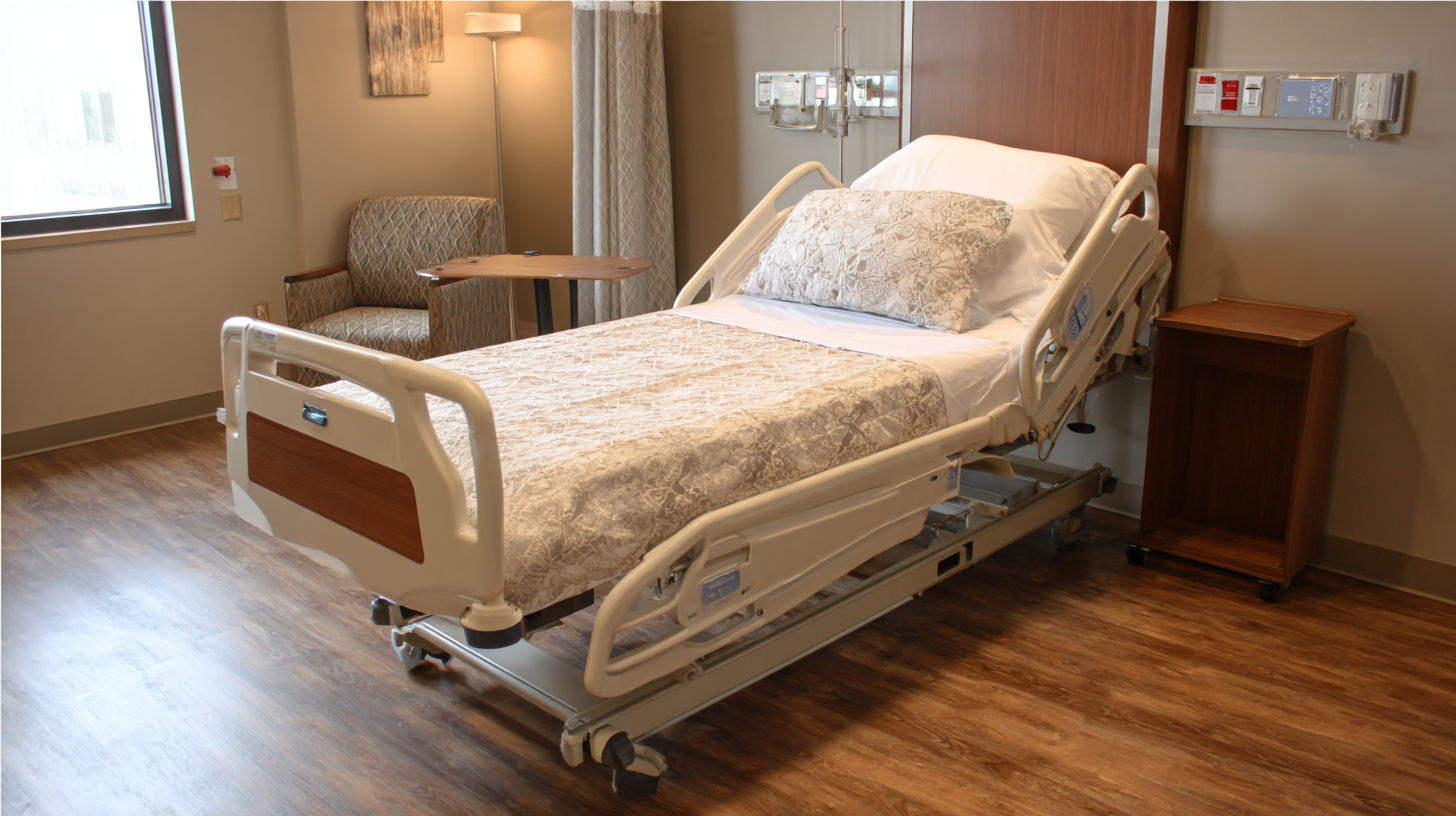
A cost analysis done at a big tertiary hospital with about 500 beds shows that the price of good-quality patient beds can really influence overall patient care and how smoothly operations run. Investing in beds with better mattresses has been linked to better patient outcomes — like a nearly 30% drop in pressure ulcers. Plus, from what patients themselves tell us, features like durability and good design really matter for their comfort and satisfaction long-term. So, it’s pretty clear that choosing a patient bed that’s both high-quality and cost-effective is key if we want to deliver top-notch healthcare.
Overall, making the right choice isn’t just about saving a few bucks — it’s about improving patient experiences and outcomes in the long run.
The Impact of Patient Bed Design on Recovery and Wellness
When it comes to patient beds, their design really makes a difference in how folks recover and feel overall. That’s why healthcare places should definitely invest in good-quality beds and mattresses. As the Journal of Healthcare Engineering points out, having the right bed design can cut down the risk of pressure ulcers by as much as 60%. Not only does this mean patients are more comfortable and less in pain, but it also helps shorten their stays in the hospital. That’s a win for everyone — patients, staff, and even the pocketbook.
Thinking about picking out a patient bed? Make sure it has features like adjustable height and tilt. Being able to change the bed’s position can really improve circulation and support the patient’s recovery by helping them sit or lie in the best way possible. In fact, one study from the American Journal of Nursing found that about 30% of patients felt way more comfortable and relaxed when their bed was adjustable to their liking.
Quick tip: Pair your bed with a mattress that offers good support and pressure relief. Memory foam or gel-infused mattresses are often the best because they mold to the body’s shape, making things more comfy while also helping prevent pressure injuries. And don’t forget to regularly check that the bed is working properly and that your patients are comfortable — little tweaks can go a long way in creating a healing-friendly environment.
FAQS
: Traditional patient beds are typically simpler with minimal adjustability and basic mattresses, while modern patient beds feature advanced functionalities, including adjustable mattresses, powered elevation, and pressure relief technology, enhancing patient comfort and recovery.
Modern patient beds offer adjustable mattresses that allow patients to find their most comfortable position, along with features that aid in pressure relief and improved access for medical staff, contributing to a supportive healing environment.
Suitable mattress types include memory foam mattresses for support and pressure relief, hybrid mattresses that combine innerspring and foam, and adjustable air mattresses that allow caregivers to customize firmness levels according to individual patient preferences.
The right mattress can significantly influence a patient's comfort and healing, helping to prevent issues like bedsores, thus enhancing the overall patient experience during recovery.
Balancing cost and quality is crucial when selecting patient beds, as high-quality beds can improve patient outcomes and operational efficiency, despite their higher upfront investment.
Investing in high-quality patient beds has been shown to reduce the incidence of pressure ulcers by nearly 30%, highlighting the importance of bed quality for patient care.
Choosing the right bed framework is essential for long-term patient satisfaction; features such as durability and design significantly impact comfort and overall patient experiences.
Implementing interval type-2 fuzzy multi-criteria decision-making approaches can enhance the allocation of patient beds based on budget constraints and quality metrics.
By understanding the different types of mattresses and their associated benefits, healthcare providers can make informed decisions that cater to specific patient needs, thereby enhancing comfort and well-being.
Conclusion
When it comes to patient comfort and speedy recovery, investing in a good-quality patient bed with a mattress really makes all the difference. These days, you’ll find beds with all kinds of modern features and custom mattresses tailored to what each patient needs—making sure they’re safe and comfortable throughout their care. Choosing between traditional and more advanced beds, along with the right type of mattress, really matters because it helps create a supportive environment for restful sleep and recovery.
But hey, it’s not just about the fancy stuff—it's also about finding the right balance between cost and quality. A well-made bed with a comfy mattress can actually have a big impact on how quickly someone recovers and how well they feel overall. At Bewatec (Zhejiang) Medical Device Co., Ltd., we’re all about providing smart medical solutions that keep up with the digital age, aiming to improve patient care everywhere. It’s about making sure everyone gets the best possible support during what can be a tough time.
Related Posts
-

How to Choose the Best Electric Patient Bed for Your Needs
-

Unlocking Comfort: Benefits of the Best Patient Bed for Enhanced Recovery
-

How to Choose the Best Medical Bed Manufacturer for Your Healthcare Facility
-

China's Smart Manufacturing Leading Global Sales in Top Hospital Technologies
-

Choosing the Right Manufacturer for Best Patient Comfort with a Comparative Analysis
-
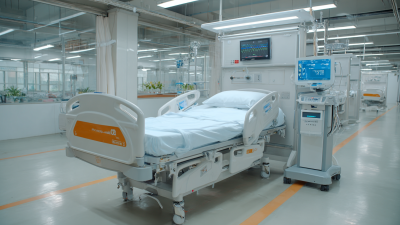
Precision Craftsmanship in Medical Bed Manufacturing: How China's Innovations Serve Global Health Needs


